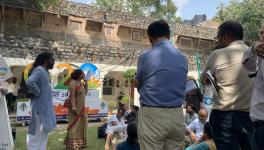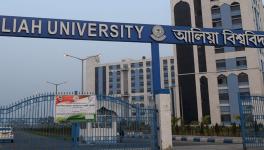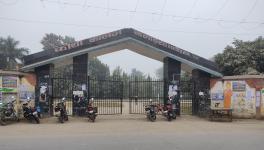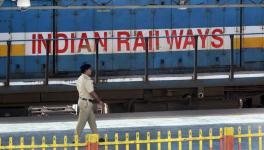The Ranking System of the Colleges and Universities in Line With the Push to Privatise Higher Education
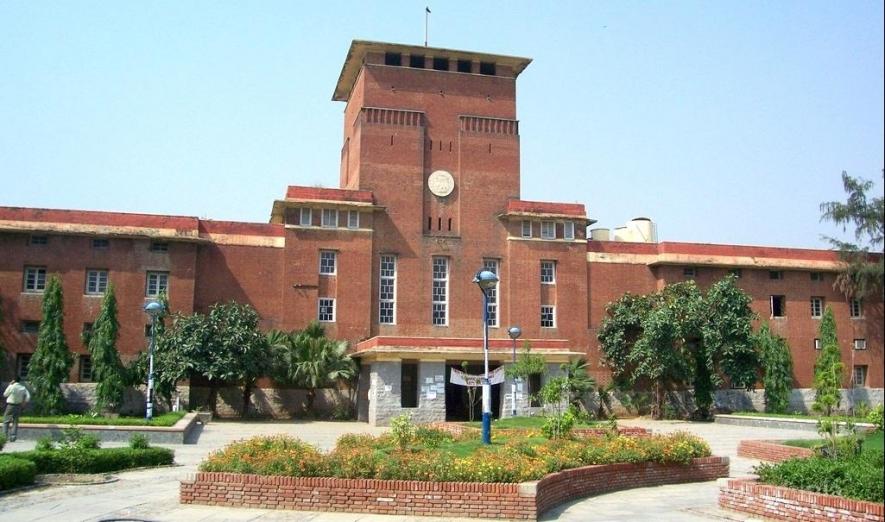
The release of the first cut-off list of Delhi University on June 19led to a chaos in the North Campus area, as applicants from across the country, along with their parents, came to apply to whichever college was willing to take them. This year, the cut-offs are expected to be higher than last year, and the first list didn’t disappoint on that count at all.
While some students look for their preferred courses while applying, some look for the “best ranked” colleges to apply to. Although there are various ranking agencies out there, the National Institutional Ranking Framework (NIRF) has also been releasing annual rankings of Higher Education Institutes since 2016. Moreover, the National Assessment and Accreditation Council (NAAC) also grades institutes of higher education based on their performance, related to the educational processes and outcomes, covering the curriculum, teaching-learning, evaluation, faculty, research, infrastructure, learning resources, organisation, governance, financial well-being and student services.
NAAC is an autonomous body established by the University Grants Commission (UGC) of India to assess and accredit institutions of higher education in the country. It was established in 1994 to address the issues of quality. NAAC grades range from A++ (CGPA 3.51-4.00) for the best accreditation to D (CGPA ≤ 1.50), which means it is not a NAAC-accredited institute.
NIRF produces ranks based on five broad generic groups of parameters, namely: i) Teaching, Learning and Resources; ii) Research and Professional Practice; iii) Graduation Outcomes; iv) Outreach and Inclusivity; and v) Perception. These 5 parameters consist of 18 sub-parameters in total. The NIRF’ overall rankings, university rankings and college rankings for the year 2018 were released in April this year.
The data used to calculate the NIRF rank is submitted by the registered institution itself, through an Online Data Capturing System (DCS). This is because of the absence of a reliable and comprehensive database that could supply all relevant data required for computing the scores for ranking, as mentioned on the website of NIRF. This has been a major reason for criticism by students, teachers and other activists, as the reliability of the score is questionable.
The concerned government authorities want to link the provision of funds with the NAAC grade and/or NIRF rank of that institution. This will widen the gap between the best and the worst higher education institutions. This will also make a few handful institutions “world class”, while the majority of institutions will either have to turn to the market and in turn increase students’ fees, or simply close down.
An article by Delhi University Professor, Abha Dev Habib, mentions that the regulations of the Graded Autonomy scheme “stipulate that National Assessment and Accreditation Council (NAAC) rating, National Institutional Ranking Framework (NIRF) ranking or some world ranking be used to create three categories of universities”.
An earlier Newsclick report had mentioned before: “Coupled with the autonomy [autonomous colleges] scheme is the “graded autonomy” policy — colleges which rank high as per the National Institutional Ranking Framework — will get more autonomy. Again, this autonomy includes “financial autonomy”.”
This farcical “autonomy”, which is being implemented by the Modi Government has been widely criticised and exposed by the students, teachers and activists. They have been protesting ever since it was announced in the 2016 Budget speech. These protests reached their peak on March 2, 2018, when a joint protest march was called by Federation of Central Universities’ Teachers’ Association (FEDCUTA). This saw the participation of thousands of teachers as well as students – united under a number of students’ organisations.
The government’s push towards making the rankings mandatory has to be seen in line with the policy of privatisation of education. This policy direction was given a fillip in early 1990s when the neoliberal reforms or “structural adjustment” of the Indian economy started. The Uruguay round of negotiations of the World Trade Organisation (WTO) in January 1995 created the General Agreement on Trade in Services (GATS). By the Doha round of negotiations in 2001, it became clear that the education sector (along with other service sectors like healthcare etc.) was taking the market-route. That education would become just another commodity to be sold to consumers, instead of a being a vital service provided by the government to its citizens for the betterment of the society.
The Modi regime has accelerated this policy which has been followed by successive governments especially since 1991. Make no mistake, these outcome-based ranking frameworks are a part of the same neoliberal policy direction that has been pushing education towards commercialisation and privatisation. All the efforts should be made towards making the education sector, in general, and the higher education sector, in particular, input-based. That would mean, more public investment in infrastructure, paying teachers a better salary, giving more scholarships to students from marginalised sections of society, and more funds and grants in general.
Get the latest reports & analysis with people's perspective on Protests, movements & deep analytical videos, discussions of the current affairs in your Telegram app. Subscribe to NewsClick's Telegram channel & get Real-Time updates on stories, as they get published on our website.









